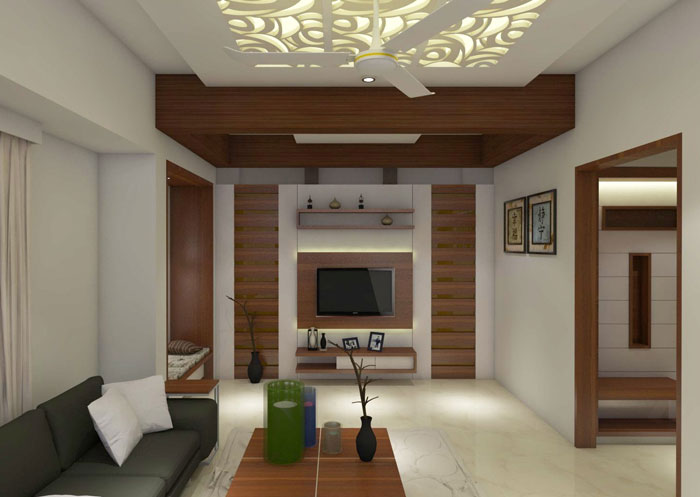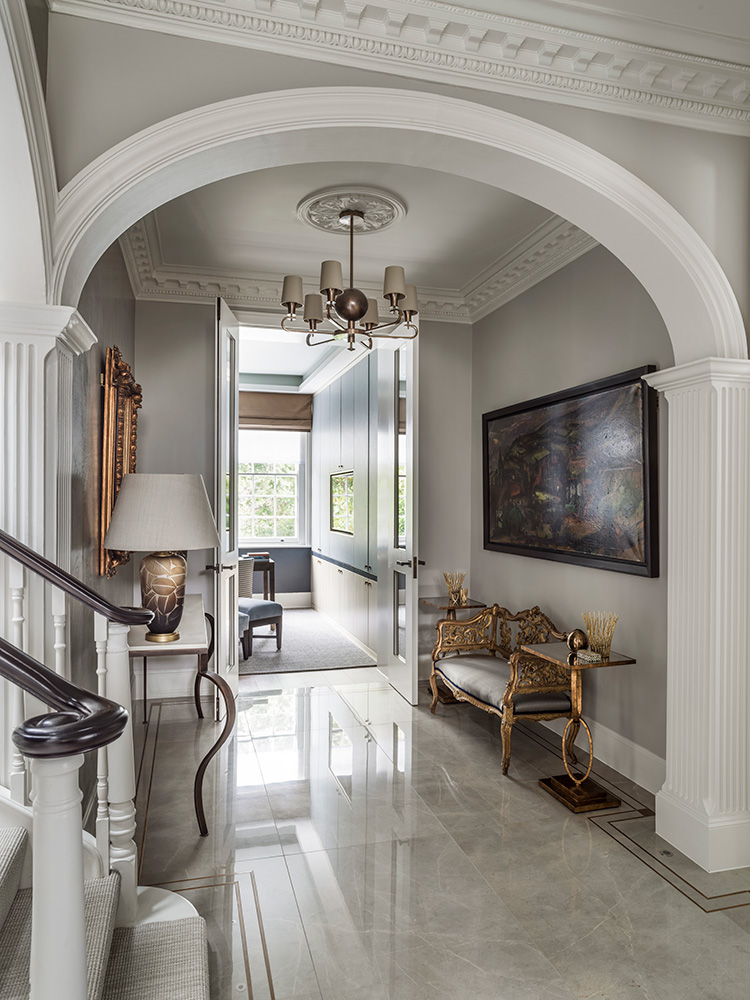The Art of Equilibrium: Just How Interior Design and Home Architect Collaborate for Stunning Outcomes
In the world of home layout, striking a balance between appearances and functionality is no little task. This delicate balance is accomplished via the unified partnership in between interior designers and designers, each bringing their unique experience to the table. The result? Spaces that are not only visually stunning but also incredibly habitable. Nevertheless, this best mix is not constantly simple to obtain. Stay with us as we explore the complexities of this collaborative process and its transformative impact on home layout.
Understanding the Core Distinctions Between Interior Decoration and Home Design
While both indoor layout and home architecture play necessary duties in creating visually pleasing and useful spaces, they are inherently various techniques. It deals with the 'bones' of the structure, working with spatial measurements, load-bearing wall surfaces, and roof layouts. On the other hand, indoor design is extra concerned with boosting the sensory and visual experience within that framework.
The Synergy In Between Home Style and Interior Design
The synergy between home design and Interior Design exists in a common vision of layout and the enhancement of functional appearances. When these two fields align harmoniously, they can transform a space from common to amazing. This cooperation calls for a much deeper understanding of each technique's concepts and the capacity to develop a natural, cosmetically pleasing environment.
Unifying Layout Vision
Unifying the vision for home architecture and Interior Design can develop an unified living room that is both useful and cosmetically pleasing. The equilibrium starts with an integrated attitude; designers and interior designers collaborate, each bringing their knowledge. This unison of ideas forms the design vision, a plan that overviews the job. This shared vision is important for consistency throughout the home, ensuring a liquid shift from exterior architecture to indoor areas. It promotes a synergistic approach where building aspects complement Interior Design elements and vice versa. The result is a natural space that reflects the home owner's individuality, preference, and lifestyle. Thus, unifying the layout vision is vital in blending style and Interior Design for magnificent results.
Enhancing Useful Looks
How does the harmony in between home architecture and Interior Design enhance practical appearances? This synergy allows the production of spaces that are not just aesthetically appealing however additionally comfortably functional. Architects lay the foundation with their architectural design, ensuring that the room is practical and effective. The indoor developer after that complements this with carefully selected aspects that boost the visual appeals without jeopardizing the capability. This harmonious partnership can cause homes that are both liveable and stunning. An engineer could make a residence with high ceilings and huge home windows. The indoor developer can after that highlight these functions with high plants and sheer curtains, respectively, thus enhancing the visual allure while keeping the sensible advantages of all-natural light and spaciousness.
Significance of Cooperation in Creating Balanced Spaces
The partnership between indoor developers and architects is essential in producing balanced spaces. It brings consistency between layout and style, bring to life spaces that are not only cosmetically pleasing however additionally practical. Discovering successful joint strategies can supply insights into just how this synergy can be successfully achieved.
Balancing Layout and Architecture
Equilibrium, an important facet of both Interior Design and architecture, can just absolutely be achieved when these 2 areas work in consistency. This harmony is not simply a visual factor to consider; it affects the performance, resilience, and eventually, the livability important site of a room. Inside engineers and developers must understand each other's functions, value their competence, and connect effectively. They should think about the interaction click this link of architectural components with style, the flow of spaces, and the impact of light and color. This collective procedure leads to a natural, well balanced style where every component has an objective and adds to the total visual. Integrating layout and style is not simply regarding producing stunning areas, but about crafting rooms that function effortlessly for their occupants.
Effective Collaborative Strategies

Case Researches: Successful Assimilation of Design and Style
Taking a look at several study, it emerges just how the successful assimilation of Interior Design and style can transform a room. The Glass House in Connecticut, renowned for its minimalistic style, is one such example. Designer Philip Johnson and interior designer Mies van der Rohe teamed up to create an unified equilibrium between the inside and the structure, leading to a smooth flow from the outside landscape to the internal living quarters. Another click to read more prototype is the Fallingwater Home in Pennsylvania. Engineer Frank Lloyd Wright and interior developer Edgar Kaufmann Jr.'s joint efforts cause an amazingly distinct home that mixes with its natural surroundings. These study underline the profound effect of an effective layout and architecture cooperation.
-min.jpg)
Conquering Challenges in Style and Architecture Cooperation
Despite the obvious benefits of an effective collaboration in between Interior Design and design, it is not without its challenges. Interaction issues can develop, as both parties might make use of different terms, understandings, and methods in their job. This can lead to misconceptions and delays in job conclusion. Another significant obstacle is the balancing act of aesthetics and performance. Engineers may prioritize architectural integrity and security, while developers focus on comfort and design. The assimilation of these objectives can be complicated. In addition, budget and timeline restrictions usually add pressure, potentially creating breaks in the collaboration. Reliable interaction, common understanding, and compromise are essential to conquer these difficulties and accomplish a unified and effective cooperation.

Future Patterns: The Advancing Partnership Between Home Architects and Inside Designers
As the globe of home style proceeds to develop, so does the partnership between designers and indoor developers. The trend leans in the direction of a more collaborative and integrated strategy, breaking without conventional functions. Engineers are no more entirely focused on architectural honesty, but likewise involve in boosting aesthetic appeal - Winchester architect. On the other hand, interior developers are welcoming technical facets, affecting overall layout and performance. This progressing synergy is driven by innovations in technology and the growing demand for spaces that are not only visually pleasing however likewise functional and lasting. The future assures an extra natural, cutting-edge, and flexible strategy to home layout, as developers and engineers remain to obscure the lines, promoting a connection that genuinely symbolizes the art of equilibrium.
Final thought
The art of balance in home style is achieved with the unified collaboration in between indoor designers and engineers. Despite difficulties, this partnership promotes development and innovation in style.
While both indoor design and home design play essential functions in developing aesthetically pleasing and practical rooms, they are inherently different techniques.The harmony between home design and indoor layout lies in a shared vision of style and the improvement of functional appearances.Unifying the vision for home design and indoor layout can produce an unified living area that is both practical and aesthetically pleasing. Thus, unifying the style vision is critical in blending architecture and interior style for sensational outcomes.
Just how does the harmony between home architecture and interior design improve practical appearances? (Winchester architect)